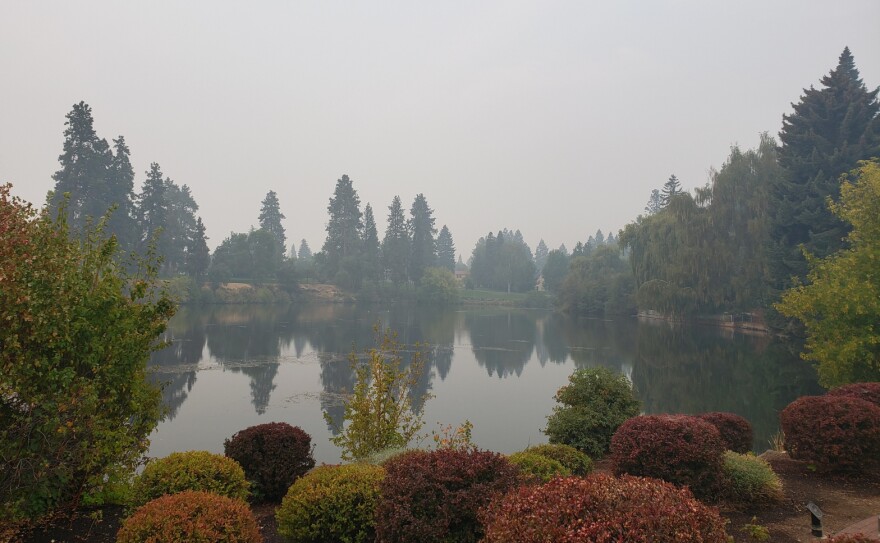The National Weather Service, for example, has to rely on other agencies for smoke-related information they need, and they don’t always get it.
Misty Fuhrman, a meteorologist with the Weather Service, puts it this way.
"The only thing we really get updates on is fire growth, but nothing that’s reported directly to us. Sometimes it’s things we just find online. We don’t focus on fire growth or fire activity, we just focus on the weather conditions that will influence the fires."
We also contacted Laura Gleim with the Oregon Department of Environmental Quality. She describes the process of creating the next best thing to a smoke forecast: the air quality advisory.
"The DEQ leads these multi-agency coordination calls that involve local health departments, local tribal governments, the forest service and weather service, and then we collectively put together an air quality advisory if that’s warranted."
According to the DEQ, southern Oregon has seen long periods of unhealthy air quality this year, with Medford and Klamath Falls surpassing previous Air Quality Index records set in 2017.
The difficulty of predicting the location and degree of smoke rises when there are multiple fires involved. Despite progress in containing many of the fires in the region, some smoke continues to hang in the air.
Fuhrman says weather models show that the current smoke is coming from a single fire: the Slater Fire to the southwest of the Rogue Valley. That fire is now 24 percent contained, with over 1,100 firefighters on the scene.




